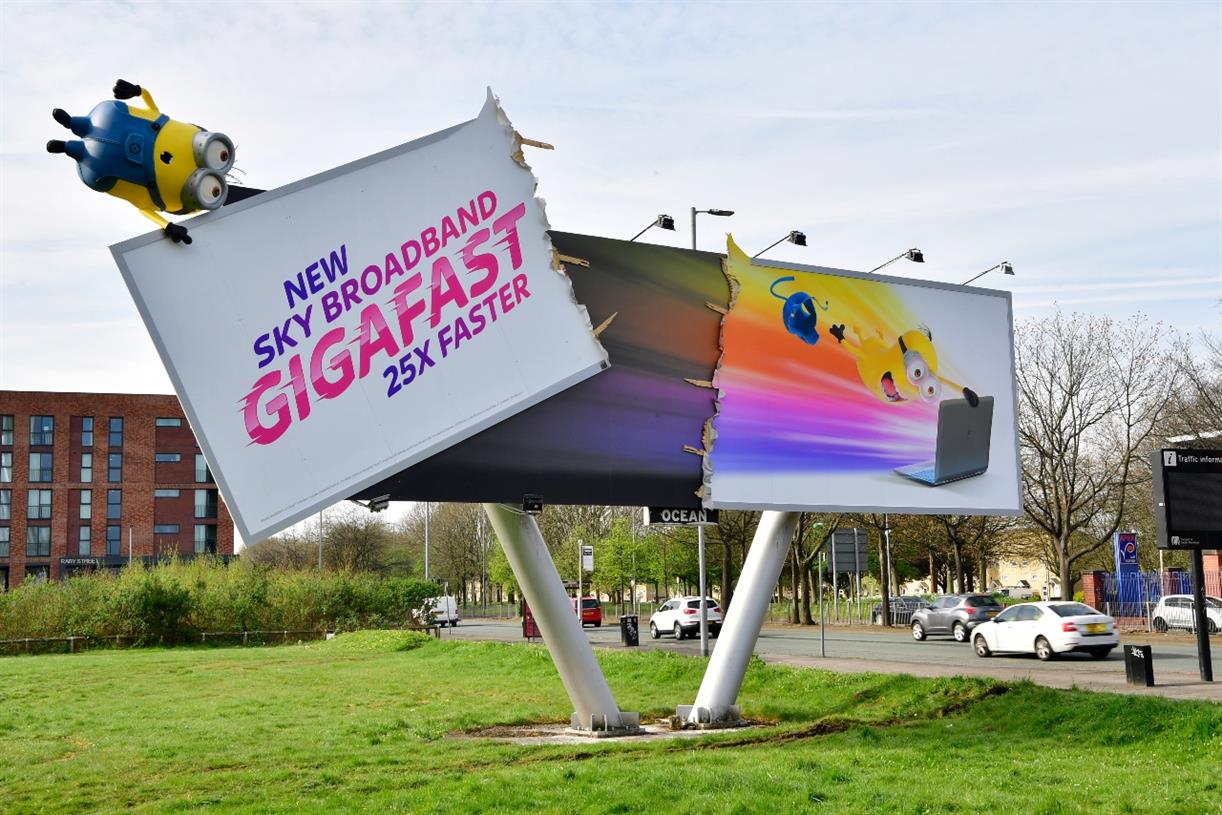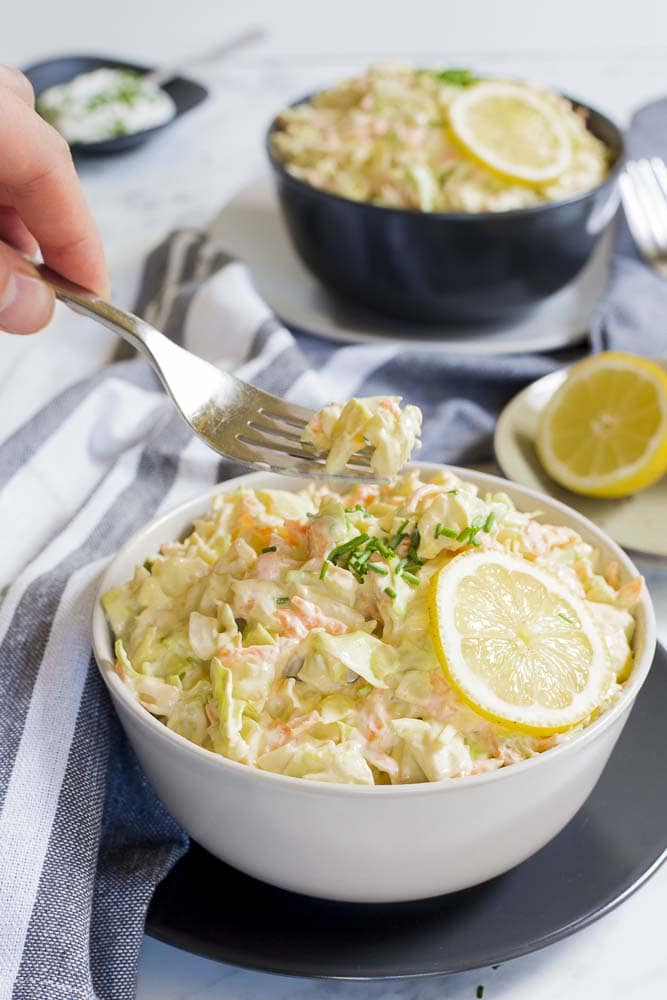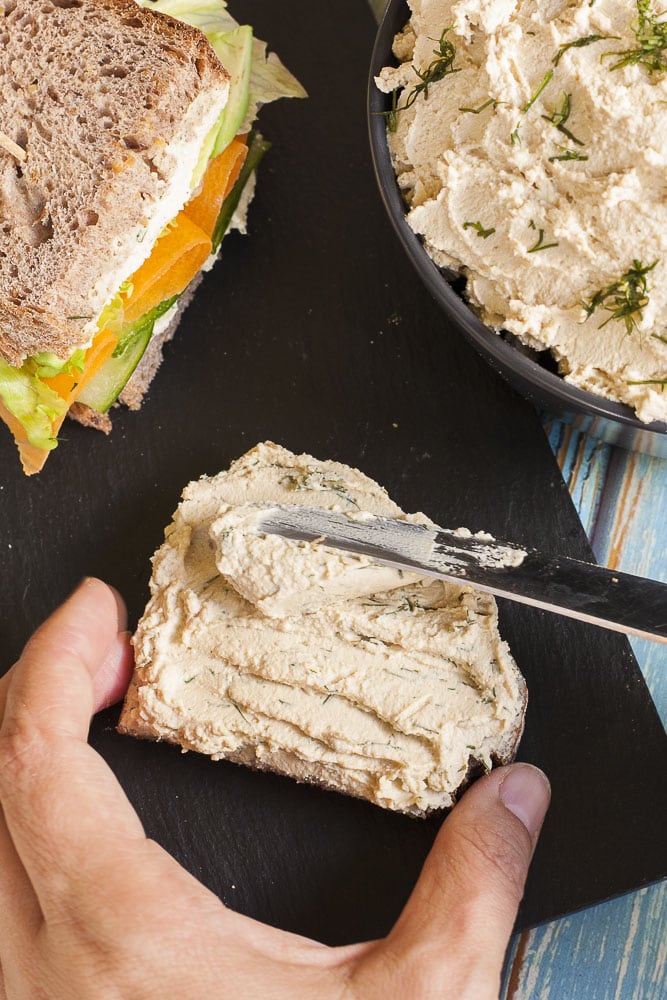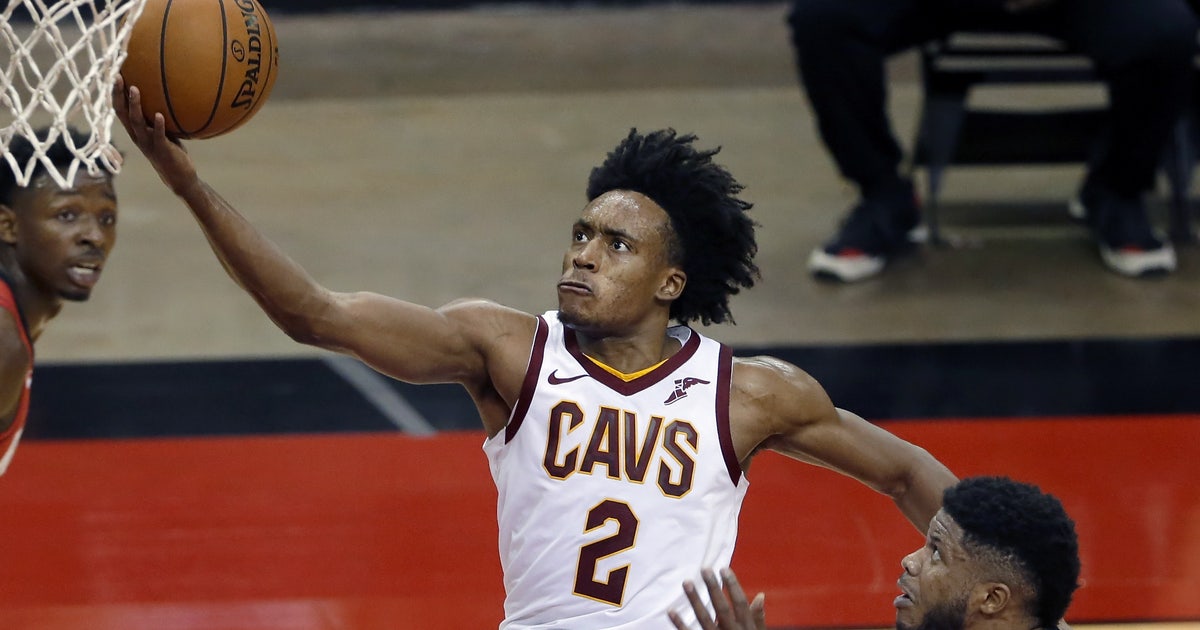3 Successful Marketing Strategies of Nestle for your inspiration
Nestle’s marketing strategy complements its tagline, “Good Food, Good Life,” with campaigns that convert. From Nestle’s social media strategy to its in-store promotional banners, the brand’s marketing strategy is a testament to Nestle’s mission of harnessing the power of...

Nestle’s marketing strategy complements its tagline, “Good Food, Good Life,” with campaigns that convert.
From Nestle’s social media strategy to its in-store promotional banners, the brand’s marketing strategy is a testament to Nestle’s mission of harnessing the power of food to raise people’s standard of living.
No matter how consumer-friendly Nestle is, it remains off the list of just-another brand selling goods. The brand holds a 34.9 percent regional share of worldwide sales. Understanding Nestle’s branding strategy, therefore, is no less than a masterclass on consumer engagement and brand loyalty.
So, what makes Nestle the brand that it is today?
Let’s take a nose-dive into the marketing mix strategy of Nestle to begin with.
Marketing Mix Strategy of Nestle
We’ll look closely at Nestle’s marketing strategy through campaigns to understand what works for the brand and why.
However, learning about the 4Ps of Nestle’s marketing mix is a mandatory prior step. It explains its product, place, promotion, and pricing strategy, which will give you an overview.
Let’s go through each strategy of Nestle one by one.
Product Strategy of Nestle
When we think of Nestle, it’s almost impossible to pinpoint a specific product that stands out because the brand has so much to offer!
Yes, Nescafe and Maggie collectively pop up in our heads, but the brand offers products from over 8,000 categories. (What!)
The primary product categories include:
Packaged meals, Cooking aids, Milk-based products, cereals, baby food, Chocolate, Coffee (Nescafe), Liquid and powdered products such as coffee powder, milk powder, etc.Diversity is the word that explains Nestle’s product strategy, and diverse products for diverse audiences. Basically, it has everything—well, for everyone! Plus, the brand doesn’t shy away from acquiring sectors that align with its core values, making Nestle’s acquisition strategy a core driver of its growth.
Price strategy of Nestle
Following the cost-based product strategy, Nestle eventually paved its way to bundle pricing.
The brand discovered customers don’t buy their groceries daily but prefer buying in bulk, resulting in a bundle pricing strategy for products such as Maggie.
The brand takes two different approaches to its products:
It offers price discounts and promotions for fast-moving consumer goods. It keeps the price high for premium products such as gourmet chocolates to keep its brand image intact.This way, it increases consumer friendliness while maintaining a solid brand image.
Place Strategy of Nestle
Simply put, Nestle ensures each consumer gets the product when they enter a store. The brand makes this possible by spreading its presence in over 187 countries.
Apart from a global presence and leveraging a vast network of subsidiaries and distributors, Nestle,
Focuses on optimizing its supply chain to reduce costs and enhance product delivery times, Has a designated distribution channel for medical nutrition or pet care products, Adheres to manufacturing policies that fulfill food safety, quality standards, and regulations, Cares about zero waste.Promotion Strategy of Nestle
Like any other FMCG brand, Nestle persuades its customers to buy their products. However, instead of only offering discount coupons and offers, its promotion strategies focus on emotional connections, health, and quality of lifestyle. When we look at the digital marketing strategy of Nescafe, we find the same.
Nestle leaves no stone untouched when advertising on multiple platforms, including social media, television, print, and websites. The brand posts valuable content on nutrition, lifestyle, recipes, etc., to educate its customers. It collaborates with chefs and nutritionists to promote its products. It encourages impulse purchases with eye-catching in-store displays.Some of its best promotional strategy examples are those of Maggie and Kitkat. Consumers know that Maggie is that “made in two minutes” snack, while “Have a break, Have a KitKat!” is a tagline that stays with them.
With a perfect blend of online and offline marketing, Nestle’s advertising strategy makes it challenging for consumers to unsee its products!
Now that all the P’s are done, it’s time to take a step further!
Digital Marketing Strategies of Nestle
Nestle’s digital marketing strategy starts and ends with people. All their campaigns have an authentic connection with their audience. Looking closely at all its marketing campaigns, we find that they bring people together and sell products through them.
How exactly does it manage to do so? Let’s find out!
Nestle’s “Generation Regeneration” Campaign
This marketing campaign by Nestle focuses on the two P’s: people and planet.
The campaign “Generation Regeneration” embodies Nestle’s firm belief in restoring our planet’s resources, making this campaign a transformative change. While Nestle’s Nescafe holds a special place in the hearts of its consumers, it leaves an even more solid mark in the digital landscape for implementing sustainable practices to grow coffee.

“We are generation regeneration. And so are you!”
The brand launched a video in 2020 with this message. The video has people of varying ages, ethnicities, professions, and demographics proudly pronouncing that they’re all part of a generation that believes in regenerating.
Intending to renew, restore, and protect our environment, it focuses on improving farmers’ livelihoods, eventually enhancing the well-being of communities and consumers. Through the Nestle plan for farmers,
Nestle supports farmers by co-investing with them in terms of loans for equipment. It applies state-of-the-art technology to develop higher-yielding coffee with minimal environmental impact. It pays premiums for raw materials produced during regenerative agriculture practices.The campaign, or rather, a movement, isn’t just words. Aiming to implement regenerative practices spread over half a decade, Nestle works closely with 30 dairy farms in 12 countries to enforce zero greenhouse emissions.
Nestle’s website has articles on regenerative system implementations and how they help communities and the environment.

The campaign recently earned the first spot in the Coffee Barometer’s 2023 Coffee Brew Index for sustainable coffee!
A campaign such as this works since it sparked regenerative agriculture across the brand’s supply chain, eventually enhancing their consumers’ health!
Nestle’s “Healthy Kids” campaign to foster healthy eating habits
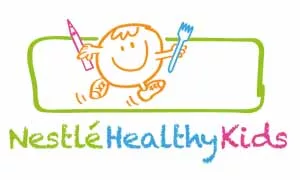
With yet another fun and creative social media campaign, Nestle launched “Healthier Kids” with the intent to ensure healthy eating habits from a young age.
The campaign supports parents and caregivers to inspire children aged 3 to 12 to live healthier lives. How?
Well, spewing advice about healthy eating habits is one thing, and becoming a partner and a mentor throughout the journey is another. Nestle chooses to be the latter for parents. Under this campaign, the brand aims to help 50 million children lead healthier lives by 2030.
The brand already follows regenerative practices for healthier product development; however, it urges equal efforts from parents to raise healthy kids through this campaign.
What all comes under the campaign?
Nutrition education with school programs, Everyday tips and healthy recipes, Lessons and worksheets, Educational videos,To foster health and nutrition, any FMCG brand can focus on the following:
Inspiring kids to eat healthy
or
Offer healthy products
Nestle does both. In an attempt to inspire kids to eat healthy, it launched cooking workshops and emphasized involving kids in cooking.
The video showcases kids preparing a healthy meal for their parents, followed by parents getting involved in cooking a healthy meal. After children participate in the program from 84 countries, Nestle rightfully believes that involving kids in cooking develops healthy eating habits.
The website also has healthy and tasty recipes to cook with the kids!
The campaign spreads awareness about the need to ensure children get proper nutrients to grow, successfully targeting the two primary audiences: caregivers and kids!
Nestle’s “Empowering Women” Campaign for Gender Equality in the Workforce
What if we told you that you don’t need your consumers to go all gaga over your brand with outstanding campaigns?
It’s easy to subscribe to the notion that campaigns are always consumer-centric. While the inherent focus is to generate brand awareness among consumers, it’s not the sole intention. Nestle keeps breaking the stereotype time and again, whether by disrupting its supply chain or implementing gender neutrality at its workplace.
Through the “Empowering Women” campaign, the brand focuses on empowering women within its workforce. It stresses the importance of education through tailored agricultural training programs, improving women and broader communities.
For example, with the Nestle cocoa plan, women of the Ivory Coast earn their living by growing coffee and cocoa.
One of the cooperative farmers in the video says, “Nestle has provided them with a nursery for free to grow cocoa and they’re happy working!”
Along with women’s empowerment, the campaign promotes:
Diversion, Inclusion, Sustainable supply chain.The brand also launched a video on International Women’s Day this year discussing the importance of finding a woman’s authentic self in the workplace. Nestle’s social media strategy conveys the message of enhancing gender balance in the workforce through gender-neutral internal policies.
This campaign works as it addresses the ongoing frustrations of societal values and fosters community engagement, creating a change cycle for its workforce and society.
In Summary
As observed in the article, all campaigns revolve around people, be it through sustainability or educational programs to teach healthy eating habits or promote gender equality in the workforce. The brand successfully connects people regardless of their age or background, making its position among the top five FMCG companies in the world!
As an FMCG brand, your aim should be to make the consumers’ lives simpler and healthier, and it’s always the right time to determine whether your brand falls heavier on one side than both! Reach out to reputed FMCG marketing companies if you want to devise such memorable campaigns.

 Fransebas
Fransebas 








_2.jpg)


